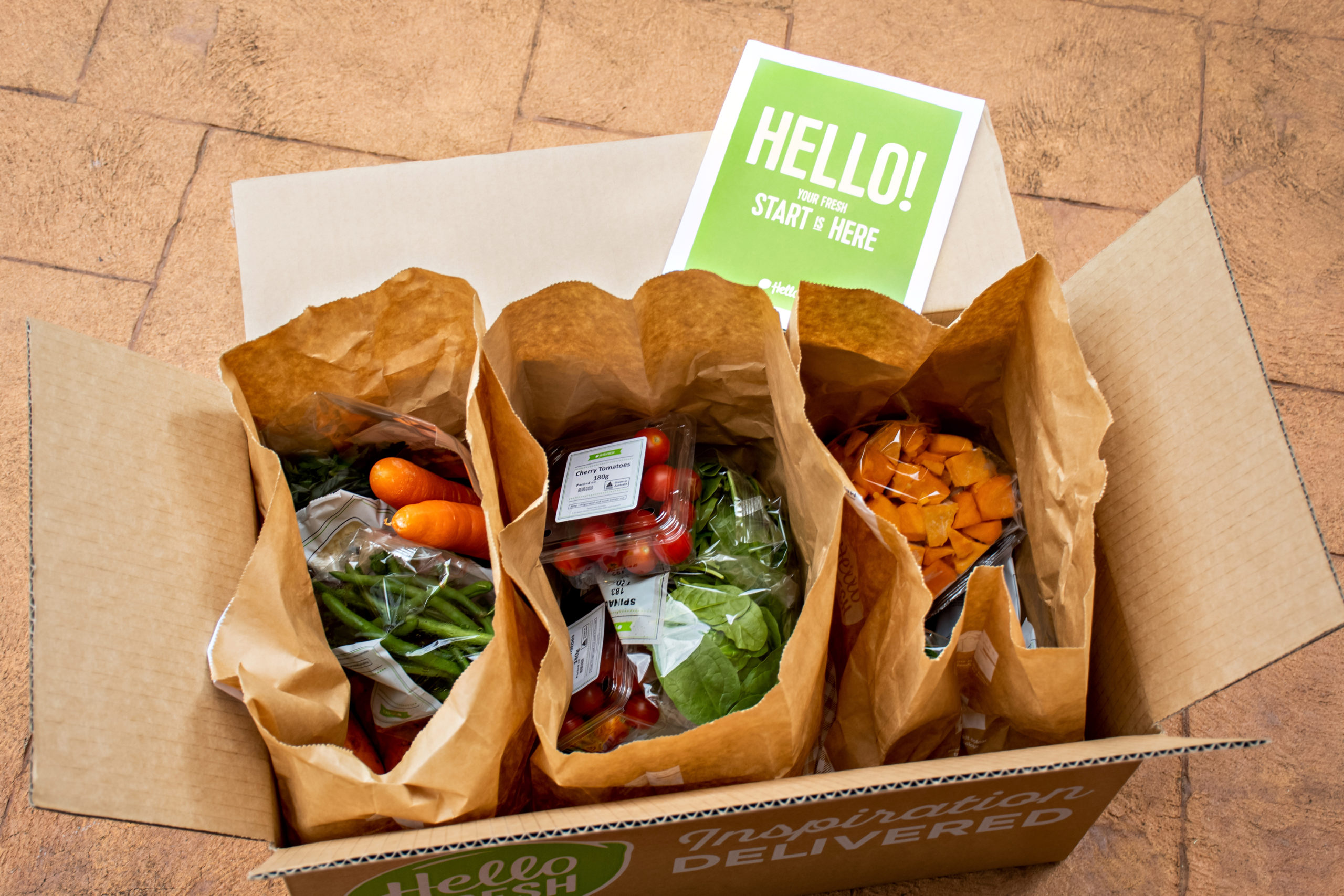Trump’s So Called “Blue Apron Box”
In general, chefs like to be nurturers. We like to feed people. There is nothing more satisfying than seeing someone enjoying the food we prepared. As a chef instructor, I always remind myself that my responsibility is not only to serve those who have means but also advocate for those who need help. This past February, right before Valentine's Day, the Trump administration proposed a plan called "Harvest Box" to the food stamp program, AKA SNAP. The Harvest Box will include items such as shelf-stable milk, cereals, juices and canned food. Currently, those who received SNAP have their monthly benefit deposited to an EBT card. It is a debit card that allows them purchase unprepared food at authorized retail stores.
I found Trump's administration clever to name this plan "Harvest Box." I associate "harvest" with the concepts of "Farm to Table" and "Local". When I think about harvest, the image of hay rides and pumpkin patches at Verrill Farm (a small, local farm at Concord, Massachusetts) came to my mind. According to Trump's administration, the government will send out Harvest Boxes full of "100% American-grown and produced" products. It does sound like a plan that would support American agriculture. Trump's Office of Management and Budget Director, Mick Mulvaney, described Harvest Box is similar to a "Blue Apron"-type program.
Blue Apron is a company which sells premium meal kits, and "farm to table" is one of their key values. In order to write this blog post, I subscribed Blue Apron for two weeks, just to see what it is like to enjoy this high-end meal kit program which offers the glossy recipes, meats from animals that were humanly raised, exotic spice, and fresh produce harvested from local farms. Ironically, the only similarity between Harvest Box and Blue Apron is – the food is packaged in boxes. Harvest Boxes include products such as shelf-stable milk, pasta, peanut butter, meat and canned fruits and vegetables. None of the continents are fresh. In my blog post "YOU ARE WHAT YOU EAT. LET'S TALK ABOUT GROCERY SHOPPING," I emphasize the importance to purchase raw ingredients and make food from scratch.
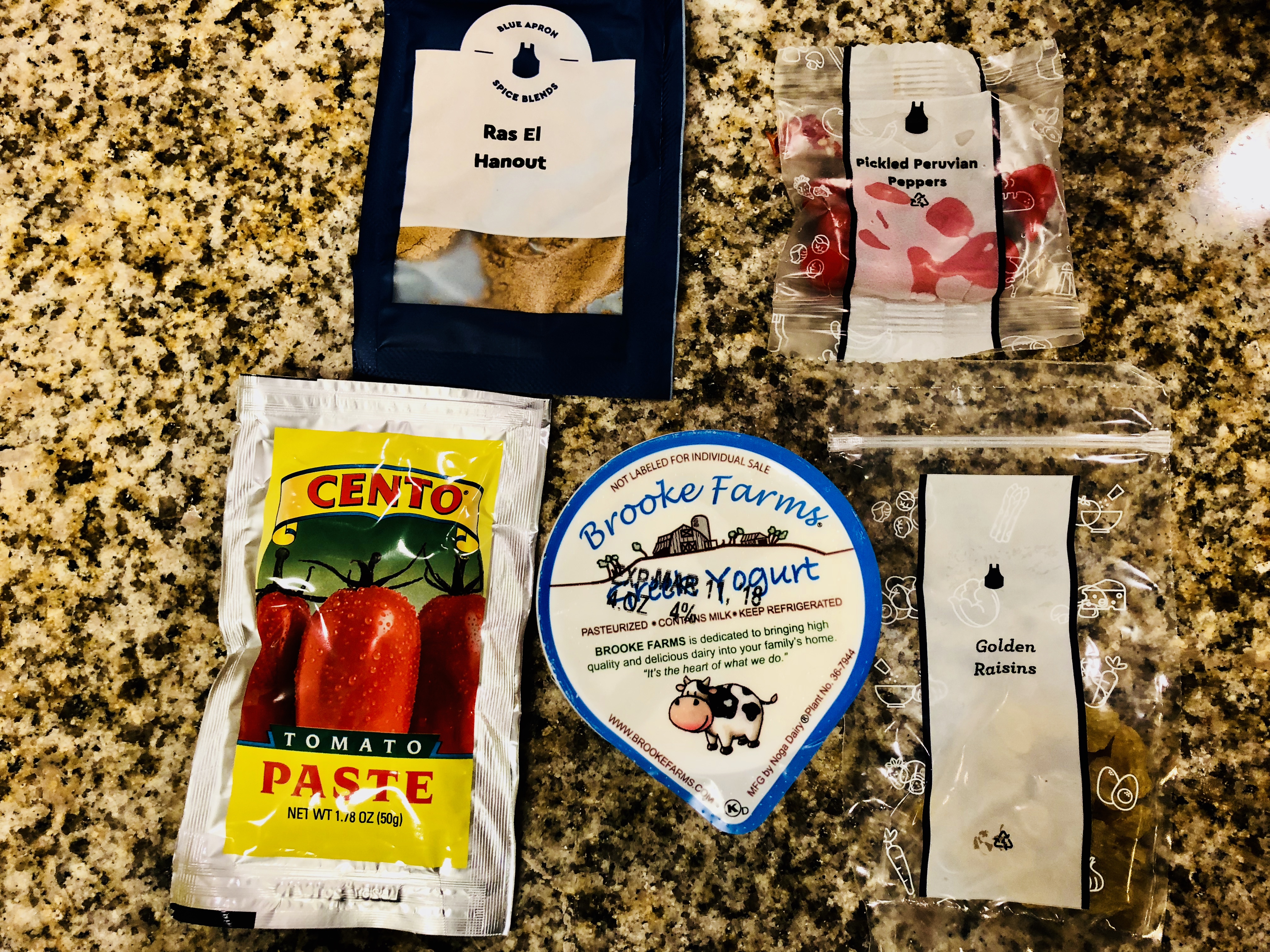
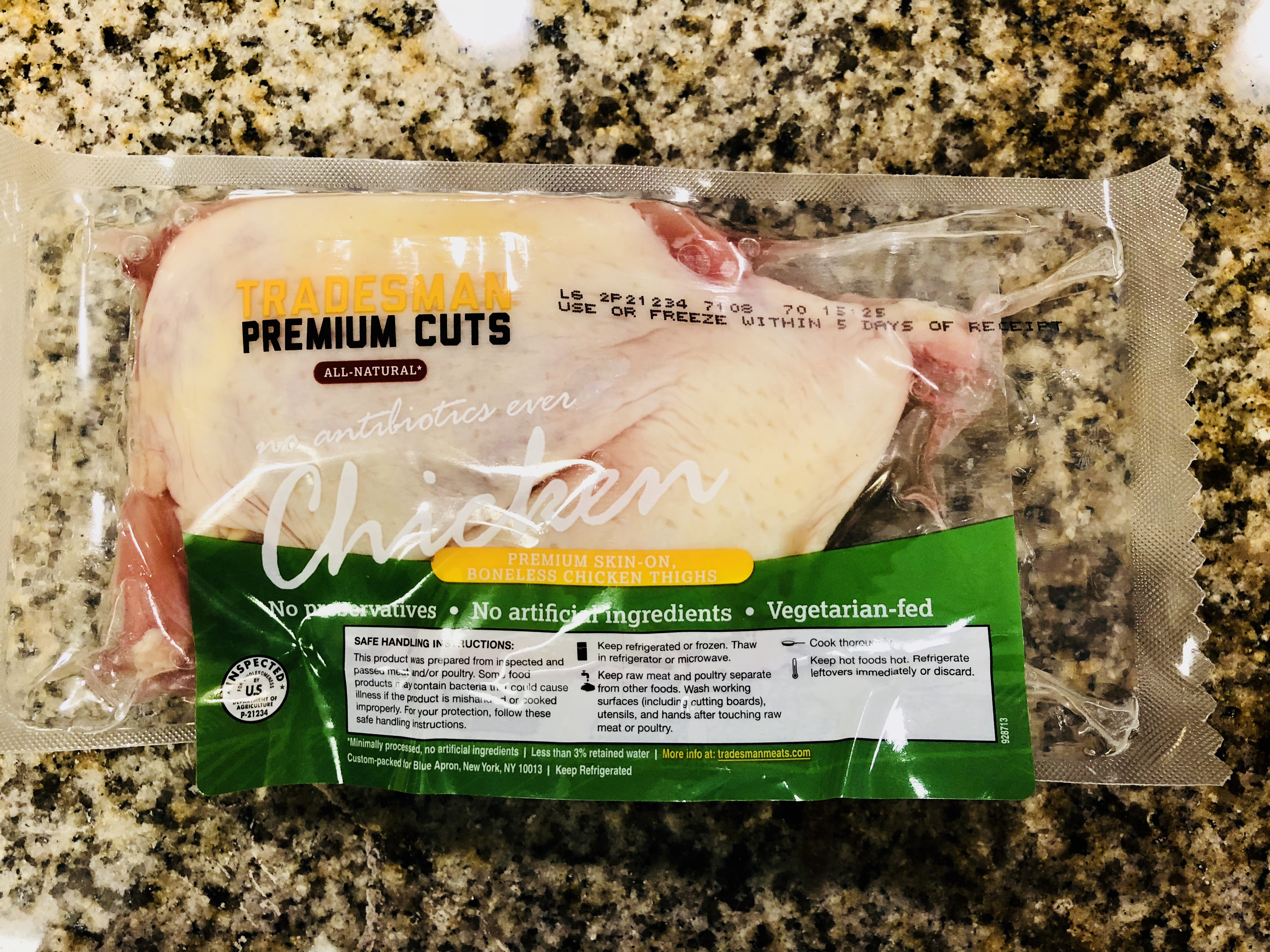
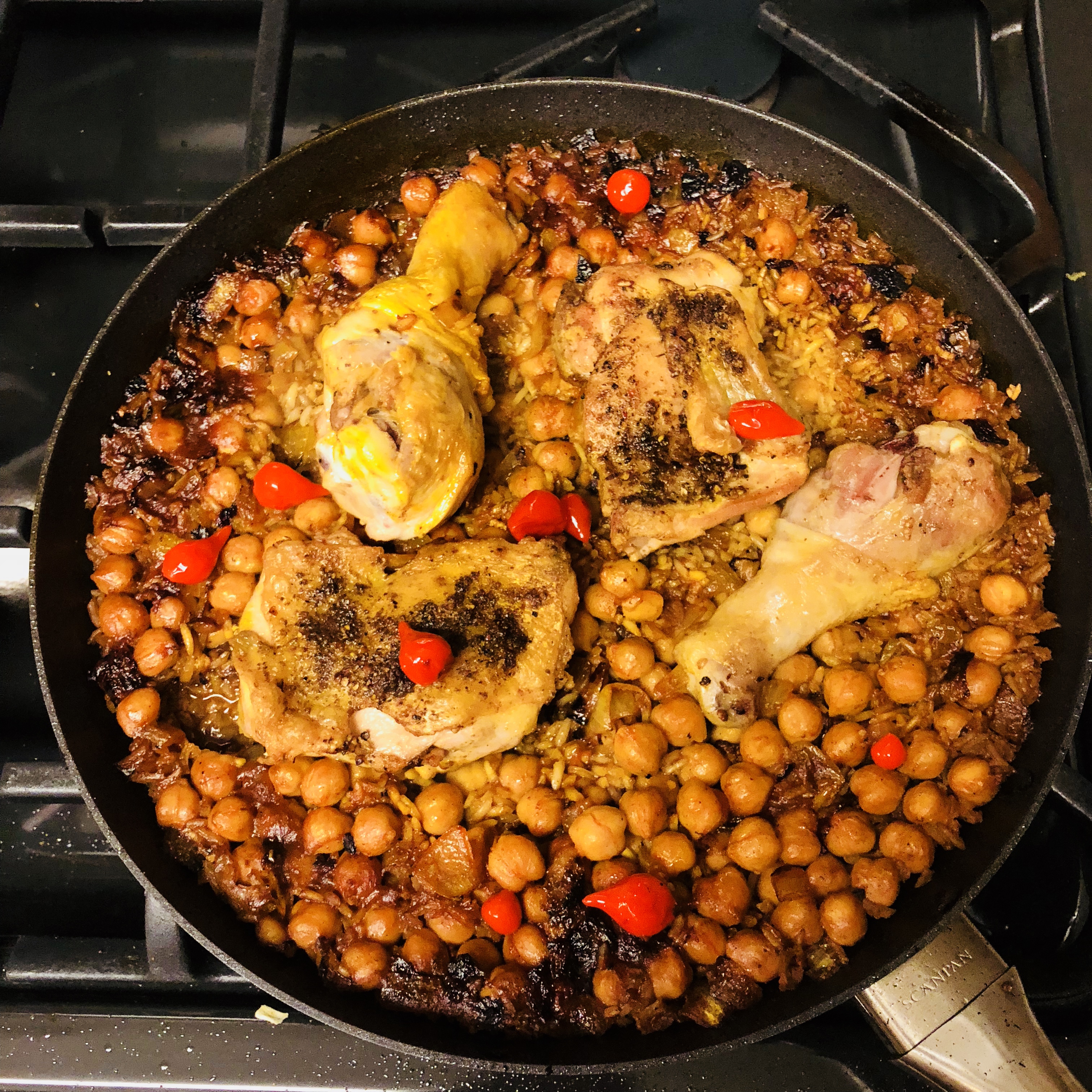
Here, I have a list of the difference between Blue Apron and Harvest Box
|
|
Blue Apron | Harvest Box |
| Food | The ingredients include fresh produce, exotic spice, meat from humanely raised animal. They are organic, non-GMO and produced by local farms. |
Canned food Shelf stable milk Cereal Peanut butter |
| Package | Big box with ice on the top and the bottom (high cost to package the food and keep it in the best condition) | N/A |
| Delivery | High cost | N/A |
| Education | Recipes to guide the customers how to cook a meal efficiently | N/A |
| Number of recipients | 90,000 | 42 million |
| Cost/budget | $10 per serving per person | $1.4 per meal (for entire family) |
| Recipients demographic | Urban areas | Mix of urban and rural areas |
| Options | Customers can pick their menu and decide when to receive the package. | Recipients have no options. The government decides what they get and when they get it. |
When we look at this chart, it is easy to see that Harvest Box will likely create more problems rather than the current SNAP program. The delivery cost of Blue Apron is very high, and their customers live in urban areas. It will cost so much more to deliver food to the recipients of SNAP program, since some of them live in urban areas and some of them live in rural areas. Since the recipients of SNAP program will have no options to choose what they have in the package, it will be impossible to customize a box for family that has a child with allergies or elder with diabetic.
According to Agriculture Secretary Sonny Perdue, "USDA America's Harvest Box is a bold, innovative approach to providing nutritious food to people who need assistance feeding themselves and their families." This statement reflects the discrimination against low-income citizens. The assumption is, since they are poor, they have no knowledge regarding what is nutritious, and therefore, the government should decide what they eat for them. Even though statistics reveals that low-income families tend to eat less nutritious food and more processed food, I don't think it can justify depriving their right to make their own decisions for food. Instead, the government should educate those people and set guidelines for them.
Harvest Box plan will not only create more problems, but it also shows no respect for low-income families. Everyone should be able to live with his/her dignity in this country. The fact that many low-income families struggle to make right decisions purchase nutritious ingredients reminds me, as a chef instructor, my responsibility – to educate people.
Do you care about issues of hunger? On Sunday, May 6, Cambridge School of Culinary Arts, where I teach many recreation classes, will be joining Project Bread in the 50th Walk for Hunger & 5K Run to take on 20 miles and raise money to end hunger in Massachusetts!
We can't do this alone – we need your support. Last year, money raised through the Walk supported 263 local programs in nearly 100 communities across the state, including food pantries, meal programs, local farms, urban gardens and early childhood and school nutrition programs. These programs address hunger on both the individual and systemic level.
Please help us reach our team's fundraising goal by donating to our Walk page! Once you're there, just click on the green button with our team name on the top right of this page.
We must all do our part to take care of our community. Please consider making as generous a donation as you are able – whether it's $50, $75, $100 or more.
Thank you for helping us make a difference.
Join Our Community at Patreon
Perks for Friends of Food Patrons only:
Friends of Food is a digital members-only community designed to empower and connect food folks alike.
- Invitation to private community & food folk directory
- Access to a highly vetted network of Chefs
- One hour Zoom cooking lesson once a month
- Cookbook club + happy hour once a month
- 30 mins cooking consultation
- E-mail us your cooking questions and we will get back to you with our best answer within a week.
- Shoutout
- Polls (Help us choose a topic for an upcoming video + more!)
- Behind-the-scenes / Bloopers
- Exclusive perks from brand partners
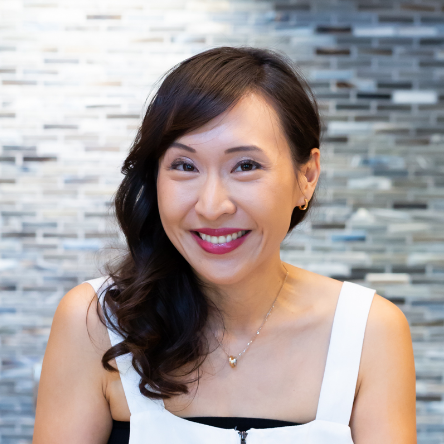
Melissa Lee
Cheif Entertainment Officer
Melissa is 100% MIT (Made in Taiwan), where she worked as a food writer. She’s also worked alongside renowned chefs like Ming Tsai and Joanne Chang, honing her craft and gathering stories along the way. Part story-teller, part educator, and part food lover, Melissa brings a special blend of experience, skill, and enthusiasm to her work. She blends her Asian background, her new home of New England, and love of food and culture to bring joy, optimism, and inspiration to food lovers and fun-seekers everywhere.
What sparked your passion for the industry?
The desire to make things by hand. The joy of sharing delicious, hearty food with students. The opportunity for people to get connected via cooking and baking. When a child smiled broadly and told me it’s the best scone he has ever made and eaten, it really made my day!
In your opinion, what’s the most important course?
Well, I usually take a peek at the wine list first. I like tapas style, so the course doesn’t really matter. Cheese and charcuterie are always a good place to start. And since I’m a pastry chef, there is always room for dessert!
Bill Gates is picking up your tab, where would you go?
Noma, Copenhagen.

